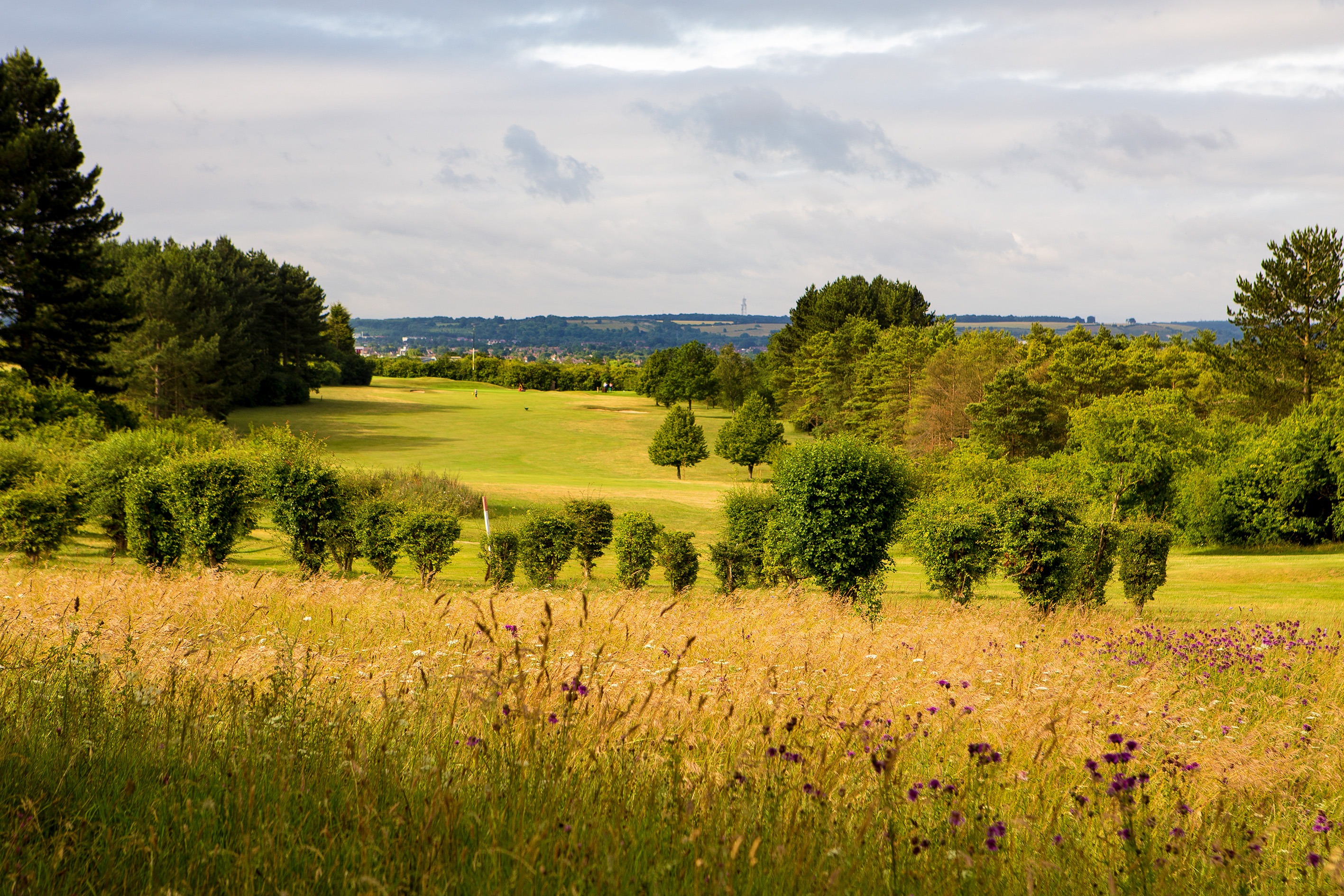Chalk grasslands and limestone grasslands are some of our richest grasslands for wildflowers in the country and are a rare habitat across the UK with less than 33000-41000 ha of lowland calcareous grassland remaining, calcareous grasslands tend to be dry due to the soil structure and texture; rainfall quickly drains through the earth and into the bedrock of limestone areas, forming underground channels and caves.
Calcareous grasslands are usually managed as extensive grazing pasture rather than as hay/flower meadows The North Chilterns are an area of chalk hills in Bedfordshire, so many pockets of grassland, scrub and woodland remain. Some of the traditional wildflower meadows in these hills have been managed the same way for centuries, creating wonderful habitats for wildflowers, invertebrates and larger animals. They are the grassland equivalent of ancient woodlands.
Wild plants that have disappeared from other parts of Britain, like moon carrot and wild candytuft, can still be found in the North Chilterns. Other wildflowers can also be found, as well as scarce orchids, such as the frog orchid and man orchid, and butterflies such as such as the Duke of Burgundy, Chalkhill blue and marbled white.
